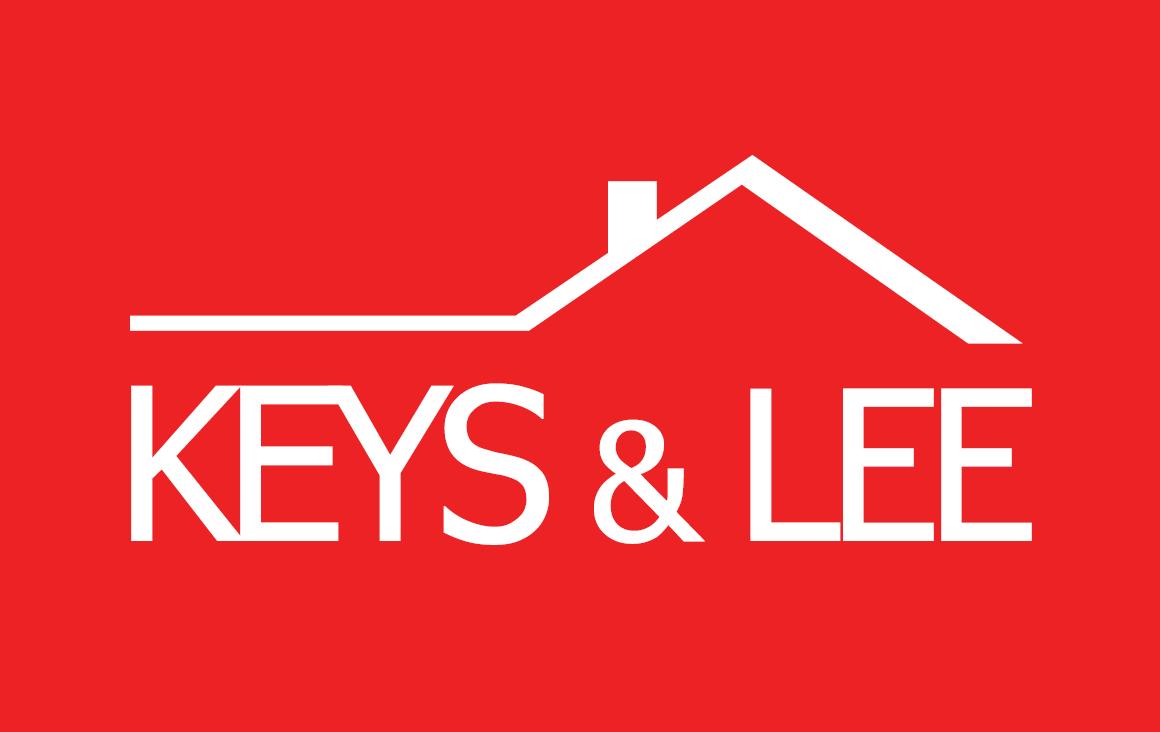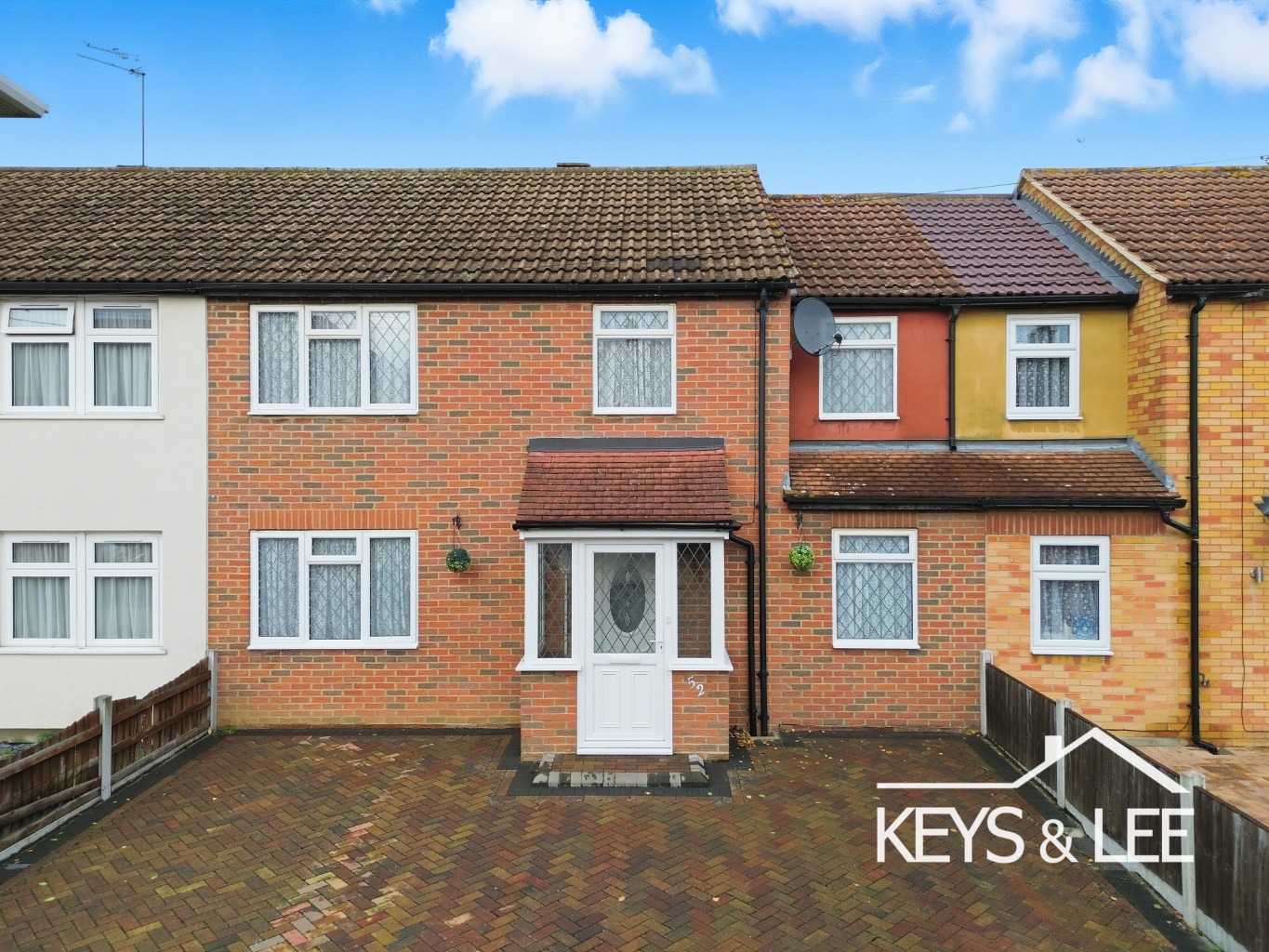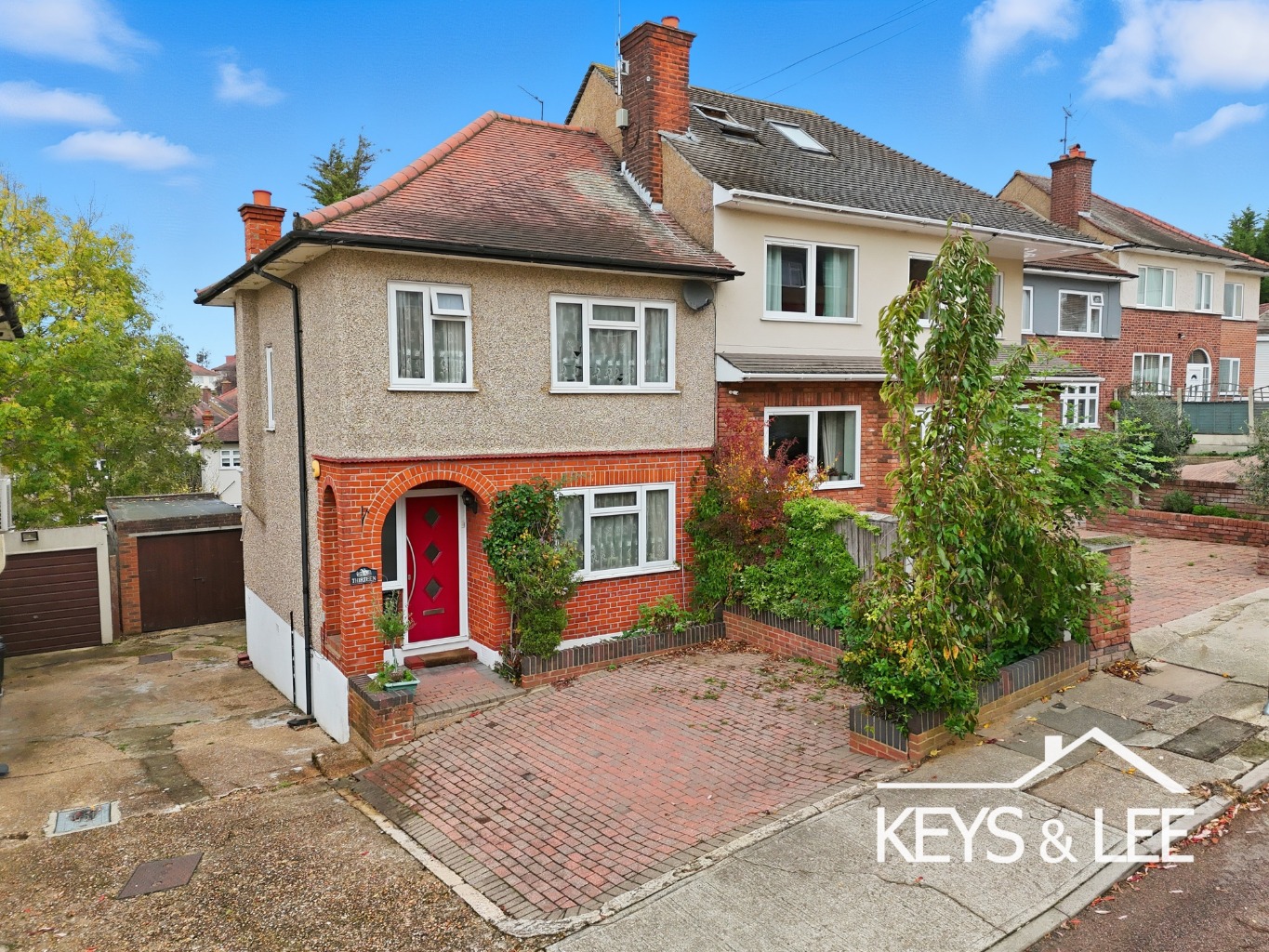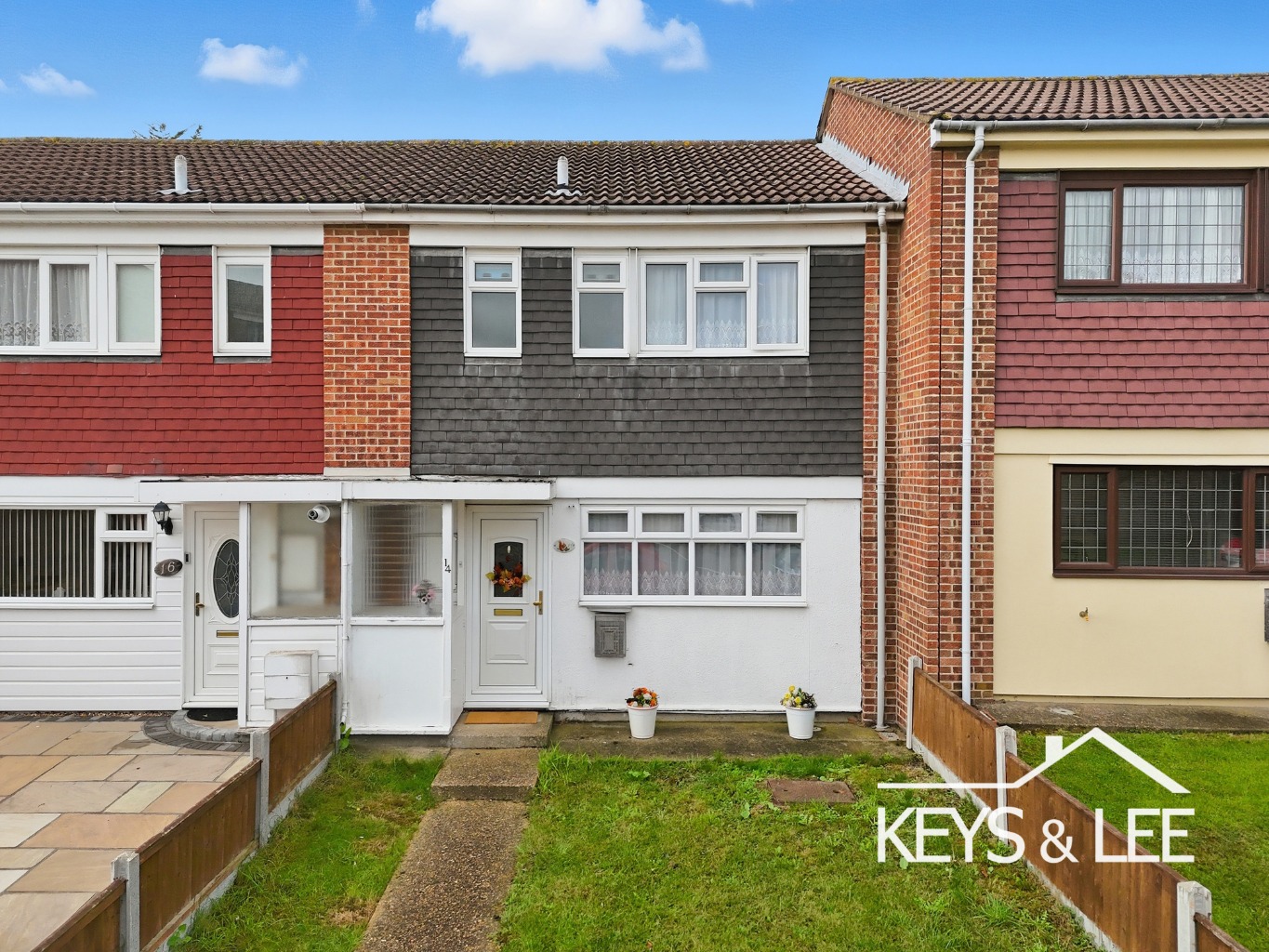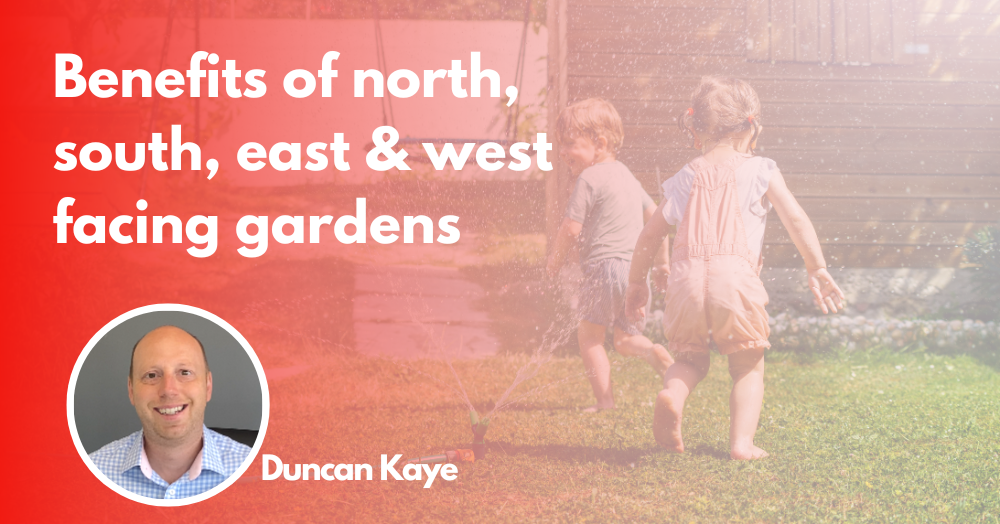
Which way does your garden face? The benefits of north, south, east and west facing gardens
When it comes to buying a home, garden orientation can make a big difference to how you enjoy your outdoor space. While many buyers automatically look for a south facing garden, every direction has its own perks. Here’s what to expect from each one and how to make the most of your garden’s natural light.
South facing gardens
- These are often the most sought after because they enjoy sunlight for most of the day, from morning until early evening. If you love spending time outdoors, growing plants or entertaining, you’ll find a south facing garden feels bright and inviting almost all year round. The only downside is that they can get quite hot in summer, so a pergola or shaded seating area is a good idea.
North facing gardens
- Often overlooked, but far from a bad thing. A north facing garden tends to stay cooler and gets softer, indirect light for much of the day. This is perfect if you prefer a more shaded space, or if your garden includes plants that don’t thrive in strong sunlight. The back of the house usually stays cooler too, which can be a real advantage in warmer months.
- These catch the morning sun and lose it by late afternoon, making them ideal if you enjoy breakfast or a quiet coffee outdoors. An east facing garden can also help keep bedrooms or living spaces at the back of the house cooler in the evening, which is something many buyers don’t consider but often appreciate later on.
- For many people, west facing gardens strike the perfect balance. They start in shade and then enjoy the afternoon and evening sun, making them great for after-work relaxation or family BBQs. You’ll find they offer a lovely glow as the sun sets, and that warm evening light can make your garden feel extra inviting.

